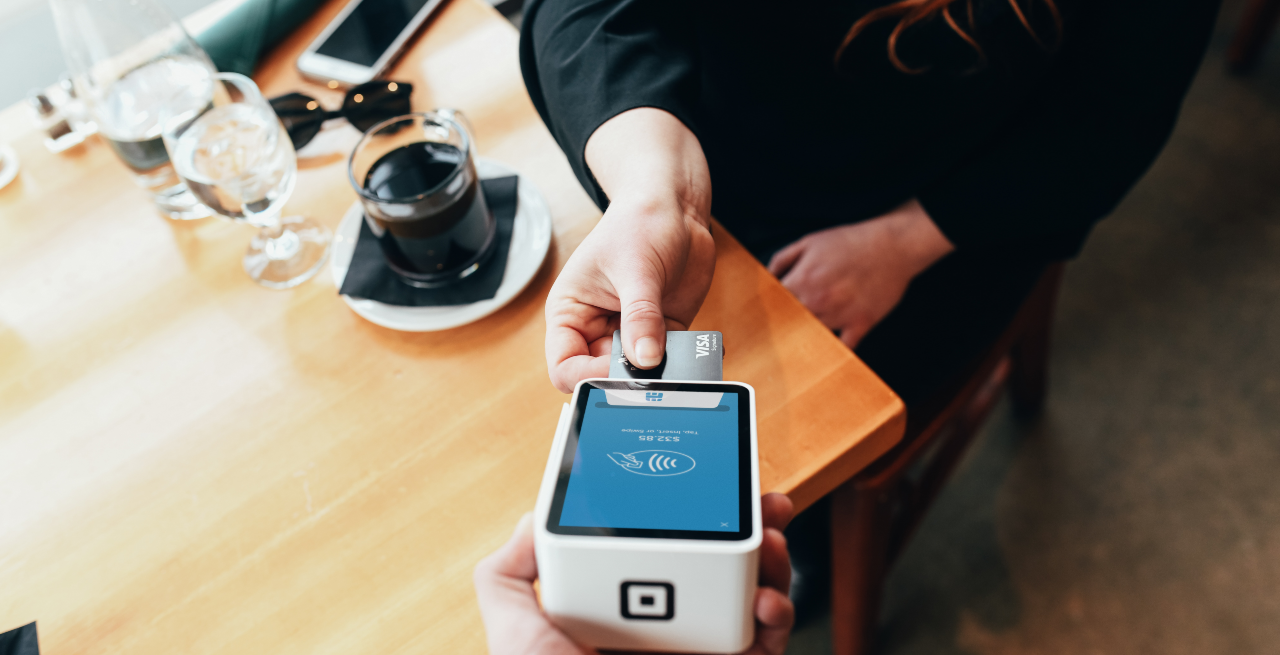Effective Use of Customer Data Can Increase Your Restaurant Sales
5 Min Read By Elizabeth Goodwin Kelly
We’re constantly being bombarded by messages about how important it is to own your customer data. But what does that actually mean, and how does it increase sales?
Customer data is only one segment of the information you need for good sales insights, marketing information, and business analytics.
First, let's take a look at all three segments.
What Data Should Your Restaurant Be Collecting?
There are three main types of information your restaurant should collect:
Customer Information
Customer information is the personal information of each of your customers. It’s usually information that your customers provide you with, like:
-
Name
-
Phone Number
-
Address
-
Email
-
Age
-
Gender
Behavioral Information
Behavioral information is data you’ve gleaned from customer interactions with your business. Some great examples for restaurants are:
-
How often the customer orders
-
What the customer orders
-
Which of your locations the customer orders from most
-
What the customer orders
-
How much the customer usually spends per visit
-
How the customer prefers to order (for delivery, for pick-up or to dine-in)
-
How many people does the customer orders for at a time
Company Information
Company information is any data generated by your company during your regular operations. Some information your restaurant might collect is:
-
Your gross and average sales
-
How long it takes your team to prepare an order
-
Your cost of goods sold
-
Your inventory on hand
-
Your labour vs. sales
-
Your average order size
Put It All Together
By aggregating your behavioural, company and customer information, you can use it to get better insights into your business. For instance, you can use order information to determine your best seller. Or, you can use the age and gender of your customers to determine the main demographic of your customer base.
By comparing the information collected over time, you can better understand changes in your business and your market.
A Quick Note on Privacy
Only collect information that you can use. While it may seem like the more information you can collect, the better, that’s not always the case.
Many restaurant brands have run into legal trouble for violating privacy laws, or not keeping customer data safe from a breach. Recent examples include:
The less information you collect, the less risk your restaurant is at for privacy breaches. You need to find the fine line between collecting the information you need and respecting your customers’ privacy.
Check your local privacy laws before collecting any customer data. Make sure you are collecting, storing, and using it properly.
How To Capture Customer Data
Any time a customer interacts with your business, data is created. The best place to capture customer data is anywhere they place an order or give you information.
Loyalty Programs
When registering for a loyalty, your customers give you some of their information to qualify. In most cases, the information is the bare minimum necessary to track the transactions, such as name, phone number and email address. In others, restaurants also ask for birthdays and postal/zip codes.
Loyalty programs also allow you to collect behavioral data. Since each transaction is recorded to a specific account, you can see how often particular customers order from you. If your loyalty program is set up with each of your ordering channels (in-store, online, and on your app), you can track how customers order.
Online Ordering
Similar to loyalty programs, you can use accounts on your online ordering site to collect customer and behavioural information. The main difference between data collection on your online ordering site and your loyalty program is that the information you can collect from your customers is more transactional in nature. Customers won’t be willing to give you information that isn’t necessary to complete the order.
Some things you can learn from your online ordering site:
-
Is your pricing in line with your offerings? If some menu items are consistently added to orders but never actually ordered it could signal a problem.
-
Are customers trying to order from outside of your delivery area?
Mobile Ordering App
With a white label mobile ordering app, you can collect the same information as you can on your online ordering site. Unlike third-party apps, you own the data.
With a mobile ordering app, you can integrate your loyalty program, a wallet with a pre-loaded balance, and save order histories. All of these features are useful to your customers and generate customer data that you can use to make their ordering experience better.
Online Table Reservation Systems
If you don’t offer delivery or pick-up, you can still collect customer data online through table reservation systems. Many ask for the name and email or phone number of the customer.
POS System
Your POS system is the heart of your customer and operational data. Your POS system collects information about each order entered, and about how long it takes your team to prepare that order. Each POS system will collect different data based on your needs, and how that system works. Often, POS systems bring in information from other systems, making it easier for you to interpret your data.
How to Use Customer Data to Increase Sales
This is the real question. Now that you’ve collected all of this customer data, how can you use it to actually increase your sales?
Remarketing and Retargeting
Every time you get a customer’s email address or they visit your website, you can use display ads on websites like Google, Facebook, Instagram, TikTok, and sometimes Google’s partners.
By exposing your customers to your brand whenever they are online, you keep your restaurant top of mind, and your customers coming back.
Opt-In Email Marketing
How many emails do you get every day? Which ones do you look forward to? Crafting a newsletter for your customers is something that takes a lot of dedication, but when done right can delight them.
Ask customers to subscribe to a newsletter from your restaurant. Tell them exactly what kind of emails they will receive, and how often. You can use these newsletters to spread the word about new menu items, charity drives, community events, and happy hours.
Personalized Promotions
If your customers opt-in to your loyalty program, or create an account on your mobile ordering app or online ordering site, you can see what they order the most. Using that data, you can craft personalized promotions for each customer. At scale, you’ll need a good loyalty program, or mobile ordering app provider to automate this for you.
Optimizing Your Menu
The first three ways to increase sales were marketing based. But, that’s not the only way to do it. You can use your data to improve the operational side of your business, and your products.
By monitoring what sells, and what doesn’t, you can improve your menu. If for instance, you sell french fries, and they are your best seller for dine-in, but no one ever orders them for delivery, then you know to remove them from your delivery menu.
You can even go one step further and find menu items that customers only ever order once. That might be an indicator that it presents well, but no one actually likes it.
There are many more ways that customer, behavioral, and company data can be used to increase sales, decrease costs, and make your restaurant a better-run business. Getting access to the right information, and using it is key.


